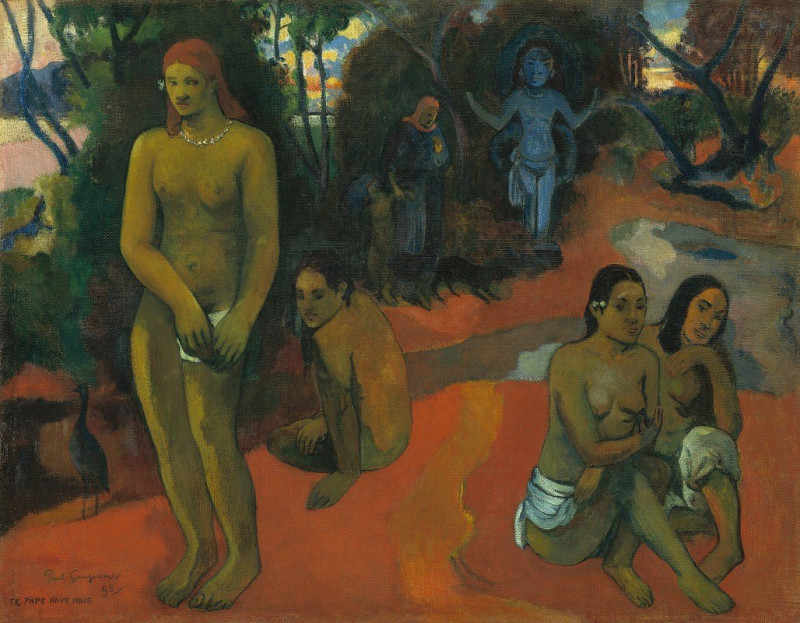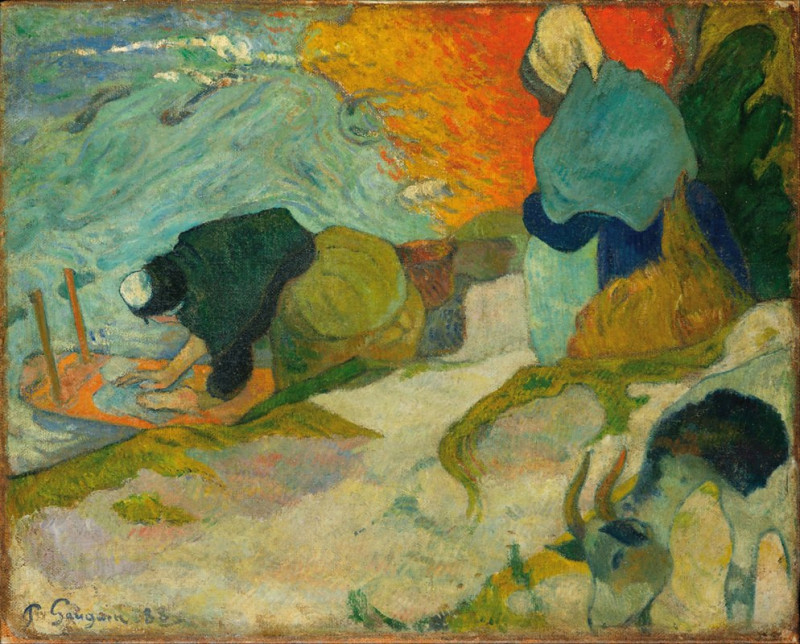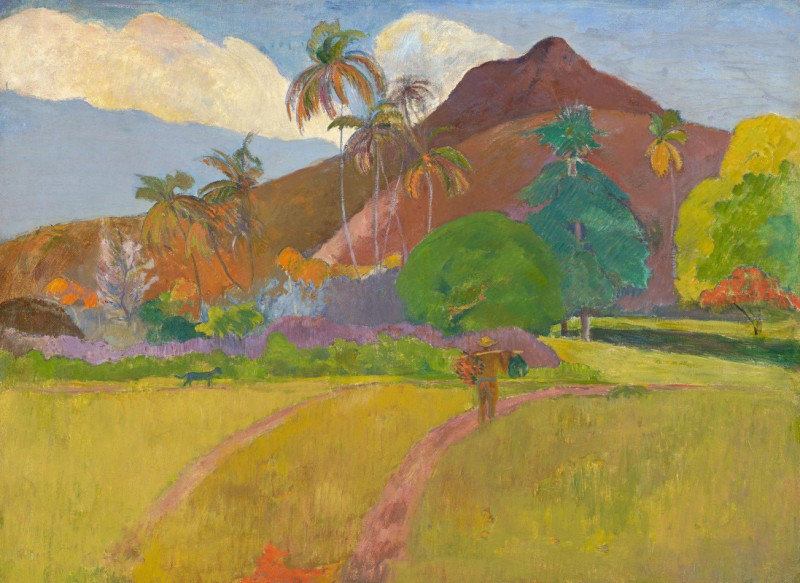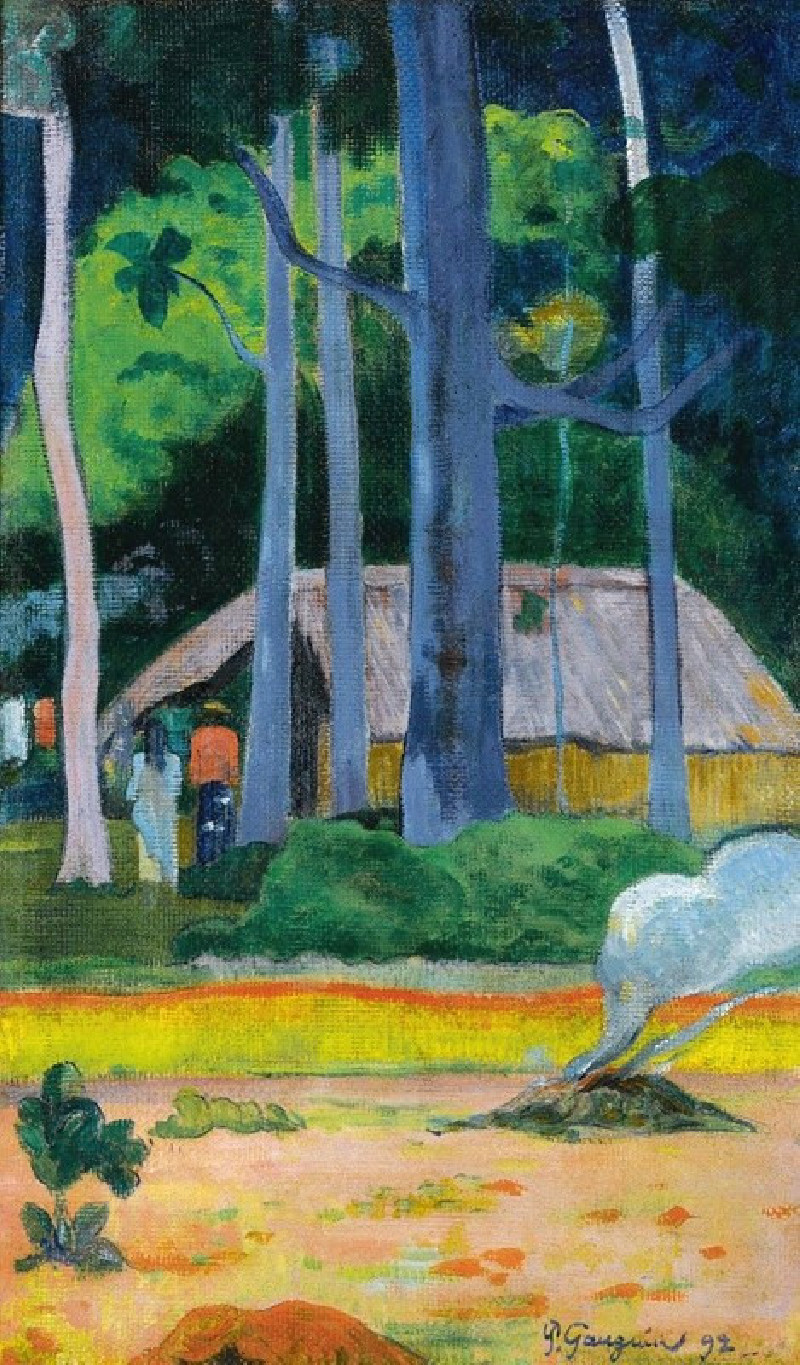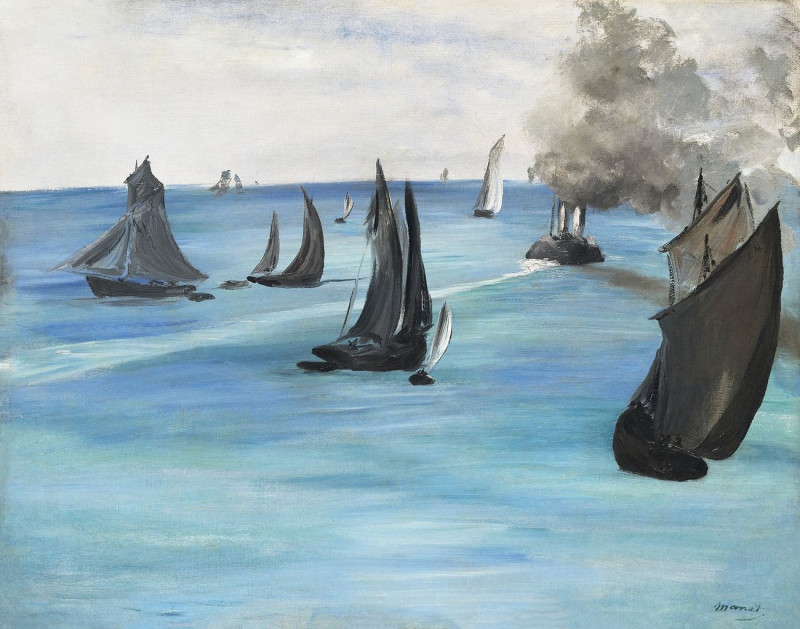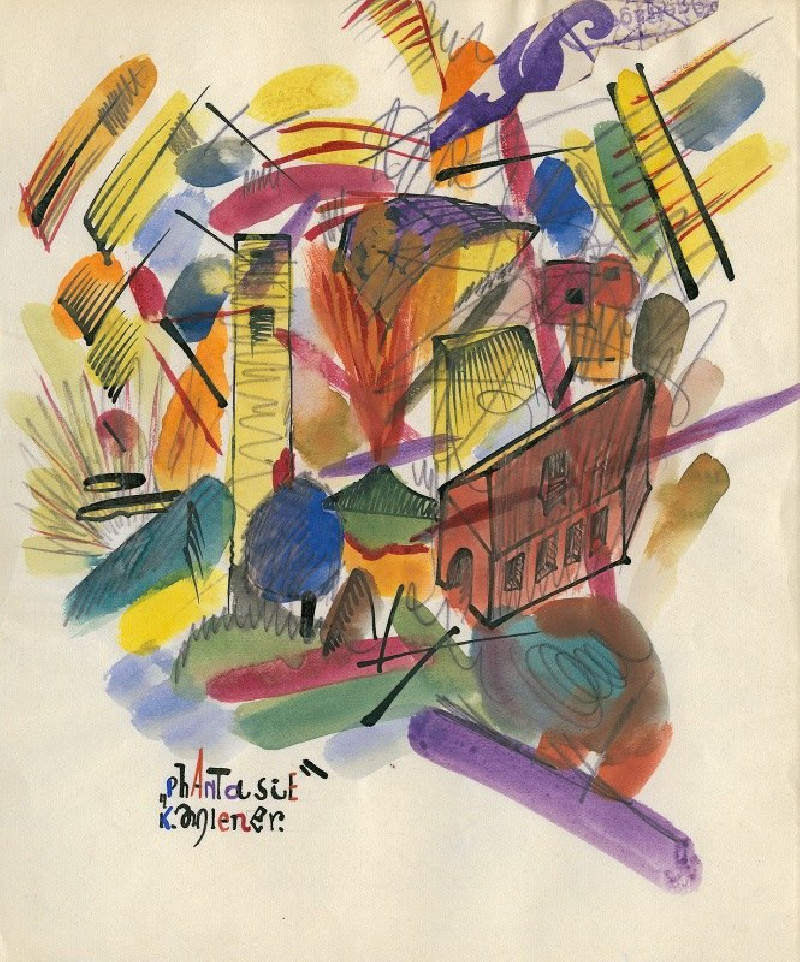Mahana no atua (Day of the God) (1894)
Technique: Giclée quality print
Recommended by our customers
More about this artwork
Welcome to a vivid exploration of Paul Gauguin's enchanting painting, "Mahana no atua" (Day of the God), created in 1894. This masterpiece, painted during Gauguin's first stay in Tahiti, encapsulates his fascination with the rich culture, mythology, and lifestyle of the Tahitian people.The painting depicts an ethereal scene filled with symbolism and vibrant colors. It features a group of Tahitian figures in various poses and activities, set against a backdrop of lush landscapes and serene waters. In the center, a large statue representing an atua (god) dominates the composition, symbolizing spiritual presence and significance in Tahitian life. The figure is illustrated with distinct, stylized features typical of Gauguin's work, showcasing his departure from realism towards a more abstract, expressive style.Around this central deity, Tahitian women are displayed in traditional attire, engaging in daily activities yet seemingly in a state of contemplative tranquility. Their positions and gestures suggest a narrative of reverence and communal life, possibly a ceremonial day dedicated to the gods. The landscape around them is rendered in bold, flat areas of color—luminous greens, deep blues, and vibrant earth tones—enhancing the mystical and dream-like quality of the scene."Mahanan no atua" captures Gauguin's idealized perception of Tahiti as an untouched paradise, where spiritual and earthly realms intertwine seamlessly. This painting not only reflects his artistic evolution but also invites viewers to delve into a world where myth and reality coexist beautifully.
Delivery
Returns
Eugène Henri Paul Gauguin was a French Post-Impressionist artist. Unappreciated until after his death, Gauguin is now recognized for his experimental use of color and Synthetist style that were distinct from Impressionism. Toward the end of his life, he spent ten years in French Polynesia. The paintings from this time depict people or landscapes from that region.









